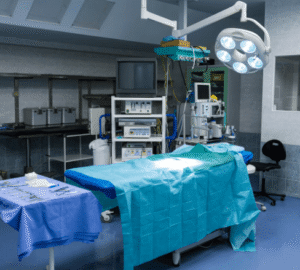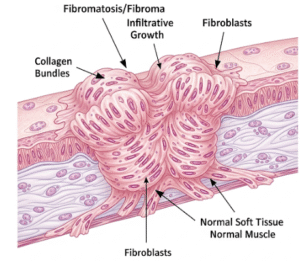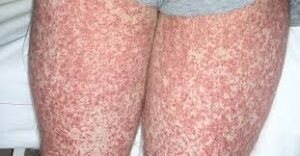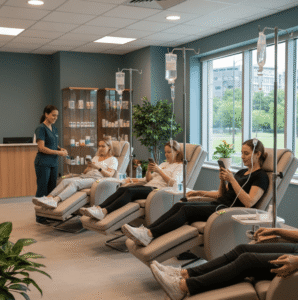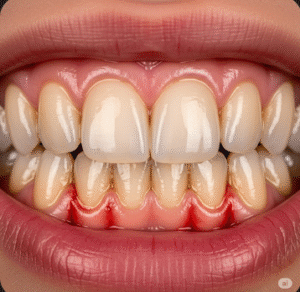Overview
Dermatofibrosarcoma protuberans (DFSP) is a rare, slow-growing skin cancer originating in the dermis layer of the skin. In Korea, DFSP is treated primarily in specialized dermatology and oncology centers, where advanced surgical techniques and follow-up care are available to prevent recurrence. Early diagnosis is crucial to achieve optimal outcomes.
What is Dermatofibrosarcoma Protuberans?
DFSP is a malignant tumor of fibroblastic origin. It typically presents as a firm, nodular growth on the skin, often appearing on the trunk, arms, or legs. Though DFSP rarely metastasizes, it is locally aggressive, and complete surgical removal is essential to prevent recurrence.
Symptoms
- Slow-growing, firm skin nodule or patch
- Skin may appear reddish or brownish
- Nodules may be painless or slightly tender
- Skin thickening over time
- Possible ulceration in advanced cases
Causes
- Exact cause unknown
- Genetic mutations such as COL1A1-PDGFB fusion gene contribute to tumor formation
- Rarely linked to trauma or chronic skin irritation
Risk Factors
- Age between 20–50 years, but can occur at any age
- Genetic predisposition
- History of trauma or scar at tumor site (rare association)
- No strong environmental or lifestyle triggers identified
Complications
- Local tissue invasion and disfigurement
- Recurrence after incomplete surgical excision
- Rare metastasis to lymph nodes or lungs
- Functional impairment depending on tumor location
Prevention
- Regular skin examinations for unusual or persistent skin lesions
- Early consultation with dermatologists for suspicious growths
- Genetic counseling in families with a history of DFSP (rare cases)
Treatment Options in Korea
- Diagnosis
- Physical examination and skin biopsy for histopathology
- Immunohistochemistry to confirm tumor type
- Imaging (MRI or CT) for large or deep tumors
- Medical Treatments
- Surgical excision with wide margins (Mohs micrographic surgery recommended)
- Targeted therapy (imatinib) in unresectable or recurrent cases
- Radiotherapy in select cases where surgery is not feasible
- Rehabilitation & Support
- Wound care and scar management after surgery
- Regular follow-up to monitor for recurrence
- Psychological support for patients coping with visible tumors


